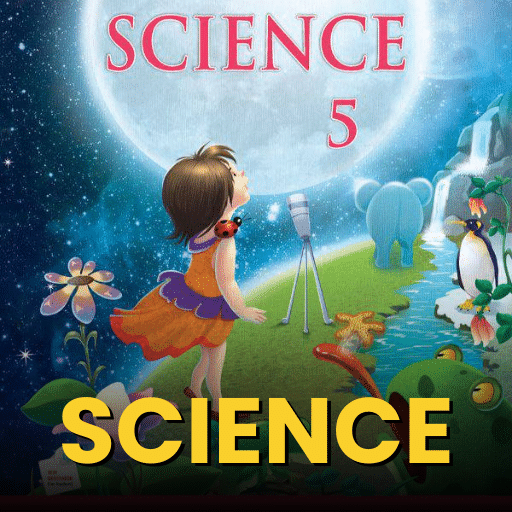Glimpses of India (Part- III) Tea from Assam Summary Class 10 English First Flight Chapter 7
| Table of contents |

|
| Key Points of the Story |

|
| Detailed Summary |

|
| Theme/ Message |

|
| Difficult Words |

|
Key Points of the Story
- Pranjol invites Rajvir to visit his home in Upper Assam during summer vacation.
- Rajvir and Pranjol enjoy tea on the train and discuss the popularity of tea worldwide.
- They observe the lush greenery and tea gardens of Assam during their journey.
- Rajvir shares legends about the discovery of tea from both Chinese and Indian views.
- They arrive at Dhekiabari Tea Estate, where they learn about tea cultivation.
Detailed Summary
In this chapter, Rajvir, a student from Delhi, travels to Assam for the summer vacation after being invited by his classmate Pranjol, whose father manages a tea garden in Upper Assam. During their train journey, they discuss the global popularity of tea. Rajvir mentions that over eighty crore cups of tea are consumed daily around the world, which surprises Pranjol.
As the train approaches Assam, the scenery changes dramatically from lush green paddy fields to expansive tea plantations. Rajvir is mesmerized by the vast sea of tea bushes stretching across the landscape. He notices the tall shade trees and the workers in the tea garden, a sight that contrasts with Pranjol’s indifference, as he is familiar to it.
 Tea Estates of Assam
Tea Estates of Assam
Rajvir shares various legends about the origins of tea. One legend involves a Chinese emperor who discovered tea when some leaves fell into his boiling water by accident, giving it a delightful flavor. Another legend tells of Bodhidharma, an ancient Buddhist ascetic who, in his quest to stay awake during meditation, is said to have had tea plants grow from his eyelids. Rajvir also provides historical context, noting that tea was first consumed in China around 2700 B.C. and only reached Europe in the sixteenth century, where it was initially used more as a medicine than a beverage.
 Plucking of Tea Leaves
Plucking of Tea Leaves
Upon reaching Mariani junction, Pranjol’s parents greet them. They drive to Dhekiabari Tea Estate. Rajvir observes the tea bushes and the tea pickers wearing plastic aprons and carrying bamboo baskets. Pranjol’s father explains that the period they are in is the second-flush season, which lasts from May to July and yields the best quality tea. Rajvir's knowledge about tea impresses Pranjol’s father, and Rajvir expresses his enthusiasm to learn more about tea cultivation and the workings of the tea estate during his visit.
Theme/ Message
- Friendship and hospitality: Illustrated through Pranjol inviting Rajvir to his home and their shared experiences.
- Cultural exchange: Highlighted through discussions about tea's history and legends from different cultures.
- Exploration and learning: Rajvir's curiosity about tea and eagerness to learn during his visit to the tea estate.
- Exploring different cultures and traditions can lead to a deeper understanding and appreciation of the world.
- Curiosity and willingness to learn can open doors to new knowledge and experiences.
 |
Download the notes
Detailed Summary: Glimpses of India (Part- III) Tea from Assam
|
Download as PDF |
Difficult Words
- Compartment: a section of a train carriage.
- Ardent: enthusiastic or passionate.
- Dwarfing: making something seem small by comparison.
- Ascetic: a person who practices severe self-discipline and abstention.
- Billowing: expanding or swelling outward.
- Excitedly: enthusiastically or eagerly.
- Eyelids: the movable lids that cover and uncover the eyeball.
- Medications: relating to the practice of medicine or healing.
- Pruned: trimmed by cutting away dead or overgrown branches or stems.
- Yields: produces or provides.
- Aprons: a protective garment worn over the front of one's clothes.
- Plucking: picking or harvesting something, typically leaves or fruits.
- Sprouted: began to grow or develop.
- Tractor: a powerful motor vehicle with large rear wheels, used chiefly on farms for hauling equipment.
|
36 videos|529 docs|58 tests
|
FAQs on Glimpses of India (Part- III) Tea from Assam Summary Class 10 English First Flight Chapter 7
| 1. What is the significance of tea cultivation in Assam as presented in "Glimpses of India"? |  |
| 2. How does the author describe the tea gardens in Assam? |  |
| 3. What role do tea workers play in the tea industry as mentioned in the article? |  |
| 4. What is the overall message conveyed through the story "Tea from Assam"? |  |
| 5. How does the article reflect the cultural aspects of Assam related to tea? |  |




























